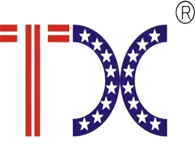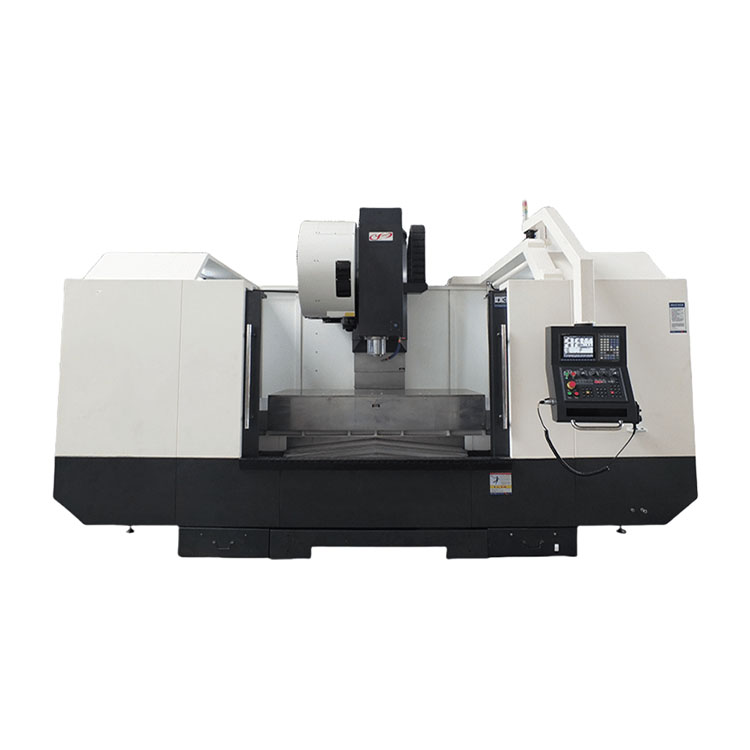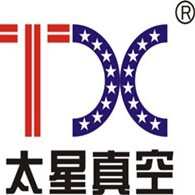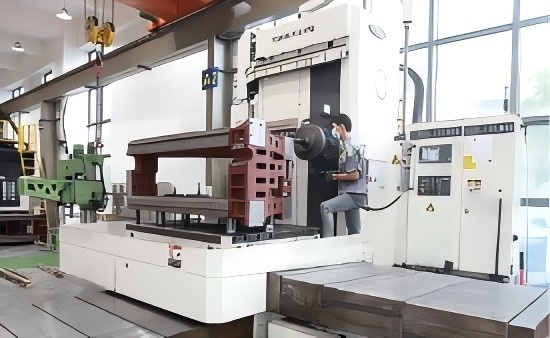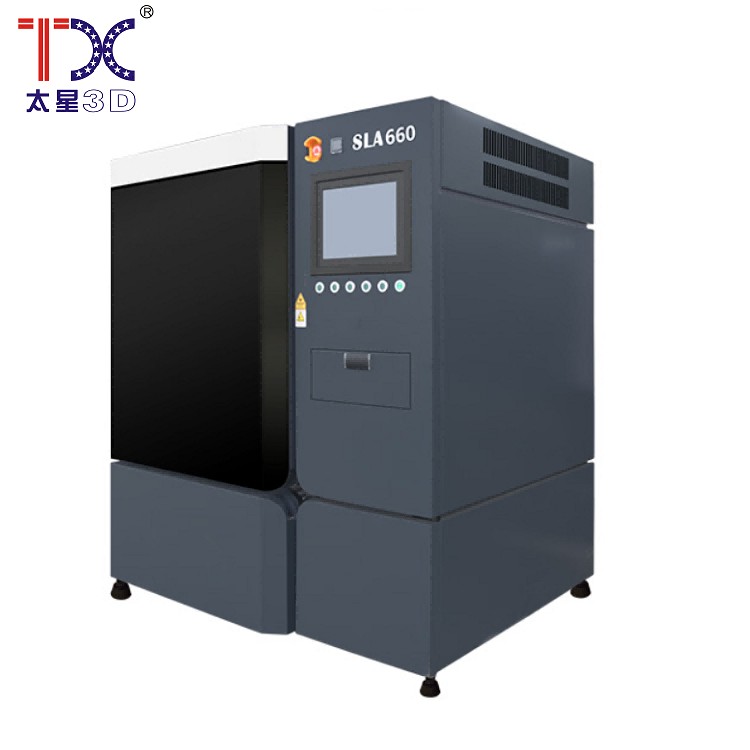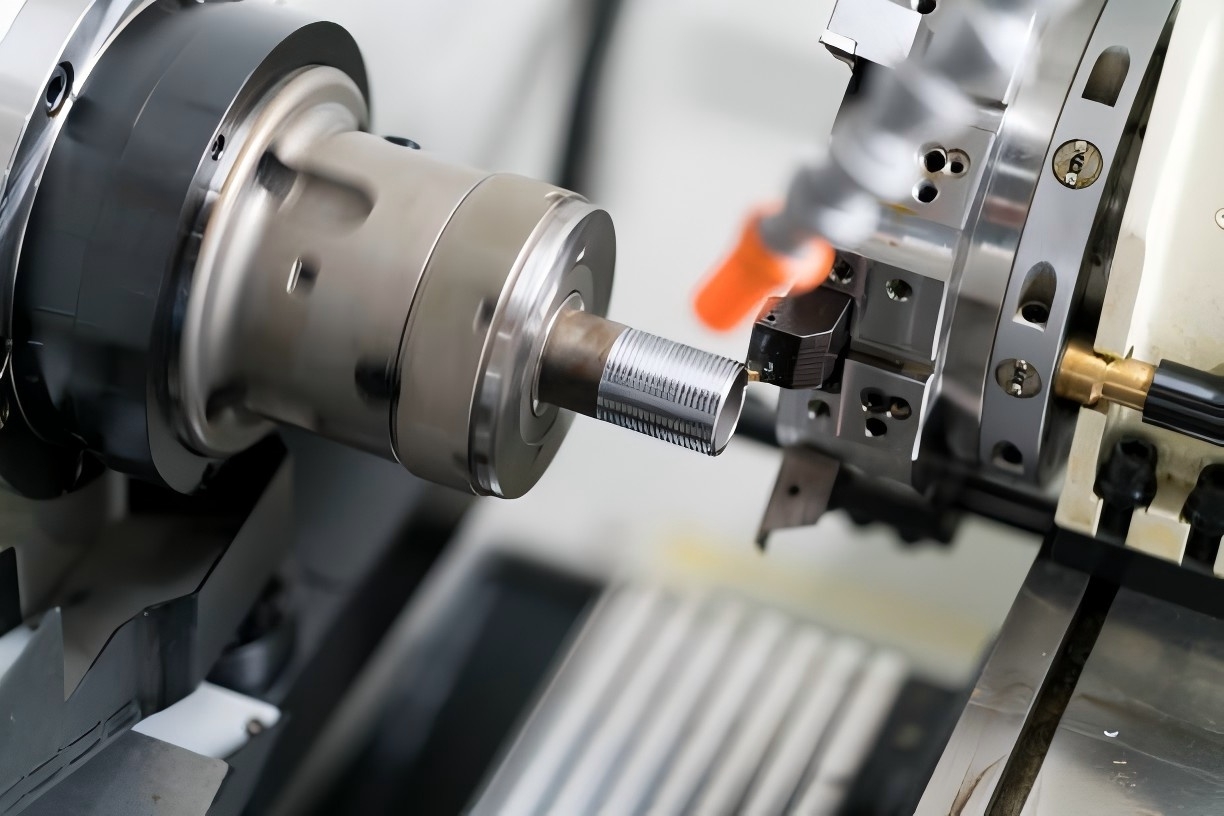
Comprehensive guide for cutting tools of CNC turning machine tools
2024-11-12
Turning machines are used to give the shape and cutting of wood and metal by turning the harvesting and removing unnecessary material. However, CNC turning machines completely changed the rules of the game, increasing the effectiveness and accuracy of cutting operations.
When it comes to cutting tools, they are the main elements of the CNC turning machines, since the final product is determined and formed. Therefore, the choice of the right cutting tool is crucial for the production of high -quality parts, extending the life of the tool and optimizing effectiveness.
In this manual, various cutting tools of CNC turning machines, their features, characteristics, and also when and how to use them, will be considered. Moreover, by the end of this article you will know how to serve these tools and why they should be considered as a selection criterion. Let's look closer.
Introduction to cutting tools for turning machines
Since manual turning machines are upgraded to the CNC turning machines, they capture all processing industries. CNC machines are fully automated and controlled by programs that control the cutting tools and operations, ensuring accuracy and efficiency. More and more industries are fully used by CNC lathes; automotive industry, production of electronics, furniture, etc.;
Given the growing dependence and importance of CNC turning machines, you should know that their key element is the cutting tools attached to them. These are tools that really do their work, for example, cutting, drilling, pulling, cutting threads - everything that is required for the workpiece.
Classification of turning tools
A wide selection of cutting tools can be additionally divided into categories, which ultimately helps to determine exactly what is necessary. The classification is based on the material, use or the required cutting edge.
According to the material of the tool
The material processed on a CNC lathes affects the choice of cutting tools. This is due to the fact that different materials react differently to different types, so you should consider which material it will contact with the cutting tool in order to ensure greater efficiency. Cutting tools have an important effect on their operational characteristics, including wear resistance, cutting ability and heat resistance.
1. High -cutting steel (HSS).
The fast -cutting knives are known for their stiffness and durability. They are used where high -speed processing is not required, and the cost is more important. Although they are cheaper than other materials, they are less resistant to heating and abrasion, which means they wear out faster.
2. Ceramic products
Ceramic cutting tools have high heat resistance, which means that they are ideal for high -speed processing of hardened materials. They can also withstand high cutting speeds, without requiring the use of coolant, but can crack with a strong mechanical effect.
3. Carbide
This is the most commonly used cutting tool on CNC turning machines, it is made of tungsten carbide, on which its hardness, wear resistance and acuteness at high cutting speeds largely depend. This cutting instrumental material is ideal for metal blanks. However, it can also collapse with a strong blow.
4. Cross
This cutting tool is a alloy of ceramic and metal materials, which ultimately makes it ideal for processing stiffness. Cermetular cutting tools provide good final processing results.
Operations based on execution
Another standard for CNC turning machines is based on mechanical processing operations. Thus, operation should be a factor when choosing tools.
1. Turning tools
This tool is used for turning operations to obtain a certain form or size of a cylindrical workpiece by deleting the material from its external diameter. Tokar treatment is the most common operation, and it can be divided depending on the speed of removing the material and the quality of the surface.
For example, black processing tools are used to remove bulk material, since they have a large radius of the top of the tool. They also have more durable cutting edges that easily cope with large cutting forces.
Next, there are finishing turning tools that have a smaller radius at the top and provide a smooth surface after black processing. However, they have a lower speed of the material compared to black processing.
The last type is a contour current tool used for complex external circuits that require accurate geometry to follow a given contour and preserve accuracy.
2. Rage tool
Rage tools are necessary for internal processing, since they can expand or process pre -drilled holes in the workpiece, which leads to an exact internal diameter and high -quality surface decoration.
Clain melting tools are designed to remove a large amount of material at an early stage to form the main internal form.
After black bastard, finishing tools are used to increase the accuracy and quality of the surface, guaranteeing that the final dimensions will correspond to the exact specifications.
Precise explorers are used for high -precision internal processing, since they provide accurate control and strict tolerances that are crucial for tasks that require extremely high accuracy. These tools are necessary to create smooth and accurate internal surfaces.
3. Tools for trimming and processing grooves.
Tools for the segments and processing of grooves perform unique tasks, but on current turning machines, they are often used as interchangeable. A cutting tool, also known as a cutting tool, is a narrow sharp tool used to separate components from larger blanks by cutting along one axis.
On the other hand, groove processing tools are used to cut grooves or canals on the surface of the workpiece. They can be internal, for example, holes or drilled holes, or external, along the diameter or surface of the workpiece that have contours corresponding to various geometry of the grooves.
4. Drilling tools
Drills are used to create round holes in the workpieces, often as an initial operation on CNC turning machines, laying the basis for subsequent operations, such as boring or cutting threads. Spiral drills are the most common type and have a spiral shape that helps to remove chips when cutting materials. Spiral drills are universal and can be used for initial drilling holes in various materials. On the other hand, centering drills create small guide holes that direct larger spiral drills, ensuring the centering of the drill and preventing the deviation during processing.
5. Tools for cutting threads
Threading tools are used to cut threads on the external or inner surface of the workpiece with a certain geometry that provides accuracy and uniformity of the thread profile. The outdoor thread cuts are designed to cut threads according to the outer diameter of cylindrical blanks. Their cutting edges have the shape of the required thread profile and are programmed on a CNC machine to ensure an exact step and depth. Tools with internal threads perform the same function inside the hole or hole, and the internal threads created by them should accurately correspond to the profile of the external thread for the correct installation, which makes them critical in applications requiring threaded components.
6.
Drawing tools are used to create textured or patterned surfaces on cylindrical blanks, primarily for aesthetic or functional purposes, for example, to improve the capture of handles or fasteners. Direct incandescent tools create parallel crests along the surface, creating a simple linear pattern. On the other hand, tools with diamond rolling create a cross -shaped or rhomboid pattern on the surface of the workpiece, often for a better capture, which makes them ideal for applications that require manipulation or friction. These patterns can be applied to metal and plastic parts for various functional or decorative purposes.
Depending on the number of cutting edges
1. Simple cutting tool
Similarly cutting tools have one cutting edge, which interacts with the workpiece, which makes them suitable for tasks such as turning, pulling, cutting threads and removing champs. These tools are ideal for simple processing operations requiring unidirectional accuracy. Due to their basic geometry, they are easy to manufacture and are ideal for precision processing, requiring high accuracy.
2. Multipling cutting tools.
As the name implies, multi -point cutting tools have many cutting edges, which simultaneously hook for the workpiece, which leads to a higher speed of the material and a decrease in the wear of the tool. They are usually used in operations requiring high performance, such as drilling, milling and deployment.
Many cutting edges also improve heat discharge, increasing the service life and tool performance. It should also be known that although they are more effective than mono -point cutting tools, their geometry is also more complicated.
The geometry of the cutting tool of the lathe
Speaking about geometry, it is very important when it comes to celestials with CNC and their cutting tools, since it determines how it interacts with the workpiece and affects various processing results.
The front angle, or the angle between the surface of the cutting tool and the surface of the workpiece, is an important geometric aspect. The front angle has a significant effect on the cutting forces, the formation of chips and the overall wear of the tool. A positive front angle is often used in the processing of soft materials, since it minimizes the resistance of cutting and promotes the formation of chips. For more solid materials, the negative front angle is ideal, since it increases the strength of the tool and resistance to chip formation.
Another important factor is the angle of clearance, which is an angle formed between the cutting edge and the surface of the workpiece. This angle prevents the friction of the tool about the workpiece, minimizing friction and wear. However, the choice of the correct rear angle is crucial. If the back angle is too large, the tool will become weaker and more likely to break. On the other hand, a small rear angle can create too much friction, which will lead to overheating and premature wear of the tool.
The radius of the cutting edge also affects the quality of the treated surface. A larger radius provides the best surface quality, but requires greater cutting power. On the contrary, the smaller radius of the edge provides a more acute and aggressive cut, but cannot provide high surface quality. Finally, the radius of the top (the rounded tip of the cutting tool) increases the strength of the tool and improves the smoothness of the surface. However, if the treatment is incorrect, a wider radius of the vertex of the tool can increase the cutting pressure and cause vibration of the tool, which reduces the life of the tool and the quality of the workpiece.
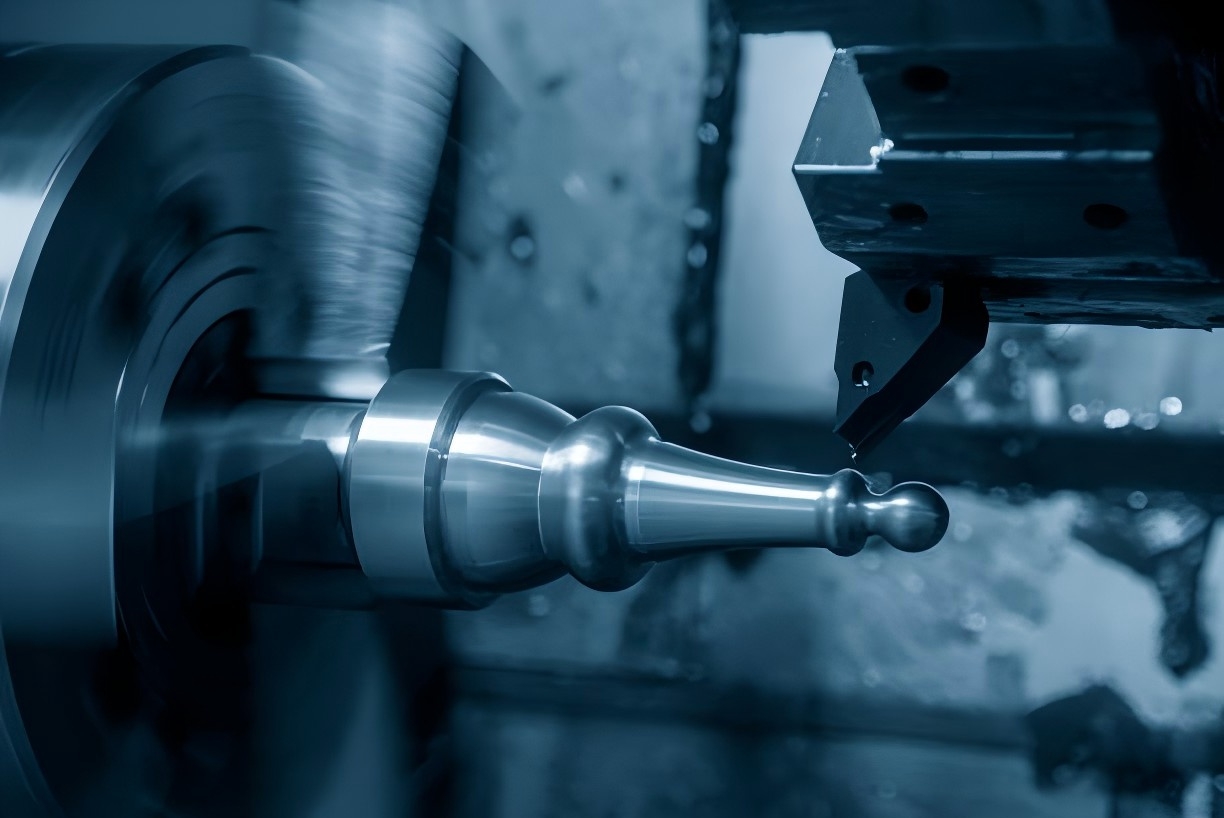
Blades and knife pens
Cutting tools are often installed on the holder of the CNC turning tool tool, which is crucial for the stable and accurate processing process. The tool holder reliably holds cutting tools on the spot, while maintaining the perfect cutting angle to achieve effective results. Replaceable tool holders are one of the most common types of tool holders. These holders are equipped with replaceable plates, which are replaceable cutting plates of ceramics or hard alloy.
When they do this, this is a more economical way to replace feathers, and not replace the whole car.
When performing tasks of single -pointing cutting, such as turning or pulling, hardness and accuracy are crucial. The rapid -change tool holders are often used in large -scale CNC processing to minimize downtime when changing the tool. These tool holders are useful in cases where a frequent change in the tool is required to maintain effectiveness, since they allow you to quickly replace the tool without the need for re -calibration.
The actual interchangeable plates are of three different shapes: round, square and triangular, each of which is suitable for a specific processing operation. In addition, various coatings are available, such as diamond -like carbon (DLC) and titanium nitride (TIN), which increase wear resistance, reduce friction and extend the life of the tool.
CNC TOKARS CHARATIONS
To get the best results from operations on CNC turning machines, you need to choose the correct cutting tool. The material of the workpiece is one of the most important variables, since different materials require different quality of the tool. While softer materials, such as plastic or aluminum, can be processed using high -speed steel instruments, which are less expensive, but less wear -resistant, for more solid materials, such as titanium or stainless steel, carbides or ceramics and other durable instrumental materials are required to withstand high and high temperatures. wear.
In addition, the feed rate and cutting speed are also crucial, since wear and heating increases at higher speeds. High -cutting steel is better suited for slow processing, and carbide tools are better suited for high -speed processing. Finally, important factors are the cost and life of the tool. Although high -performance tools, for example, made of polycrystalline diamond (PCD) or cubic boron nitride (CBN), are more expensive, they serve longer and minimize the replacement of tools and downtime, thereby reducing the overall production costs.
Maintenance and handling of the tool to ensure the accuracy of processing and extend the life of the tool, it is necessary to proper maintenance. It is important to regularly check the presence of wear, chips or breakdowns. It is best to immediately repair damaged tools to prevent problems with processing quality. Change blades should be stored in the original packaging in order to avoid damage, and their storage in a dry and clean environment will prevent the appearance of rust and corrosion. Tools that can be dragged, for example, from high -speed steel, can be renewed to extend their service life; Wanted carbide and ceramic inserts must be replaced. The use of the correct amount of coolant can also minimize the wear of the tool, reduce heating and improve the quality of the surface.
Conclusion. In order to maximize the performance and efficiency of processing on CNC machines while reducing the costs and wear of the tool, it is extremely important to correctly choose and serve cutting tools for turning machines. But it also depends on the quality of the cutting tools of the CNC turning machine that you use in your industry. The best site about everything regarding CNC turning machines is CNC Jansen. Thanks to more than 20 years of experience and strict quality control measures, we guarantee that your needs will be satisfied as you want.
